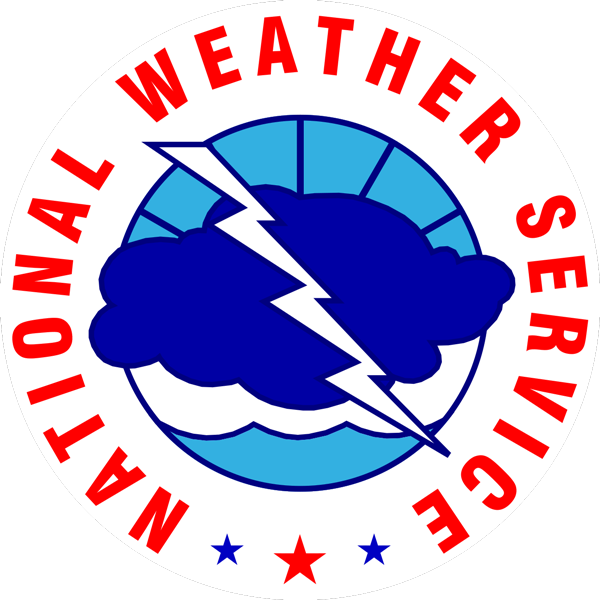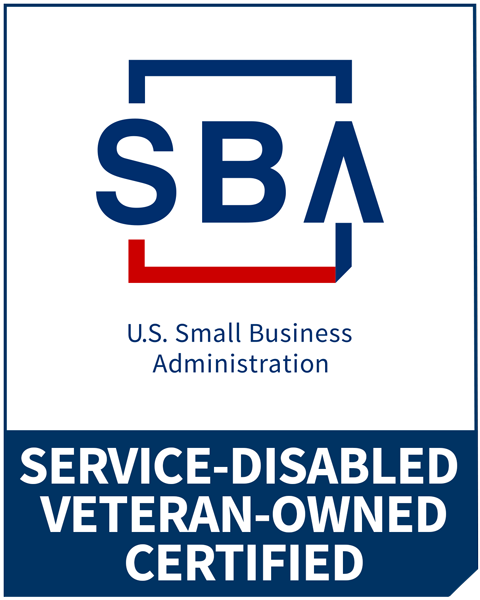While high winds are commonly associated with severe thunderstorms, hurricanes, and nor’easters, they may also occur as a result of differences in air pressures, such as when a cold front passes across the area. A High Wind Warning is issued when sustained winds of 40 mph+ or gusts to 58 mph+ are expected.
High winds can cause downed trees and power lines, flying debris, and building collapses, which may lead to power outages, transportation disruptions, damage to buildings and vehicles, and injury or death. In advance of any storm, be sure your property is secure, removing any dead trees or overhanging branches near structures, loose roofing materials, and objects in yards, patios, roofs or balconies that could blow away.
If a High Wind Warning is issued, you should tune in to local weather forecasts and bulletins issued by the National Weather Service (NWS), NOAA Weather Radio, or local TV and radio stations. Shutter your windows securely and brace outside doors, bringing in unsecured objects from patios and balconies and securing outdoor objects such as lawn furniture or garbage cans.



